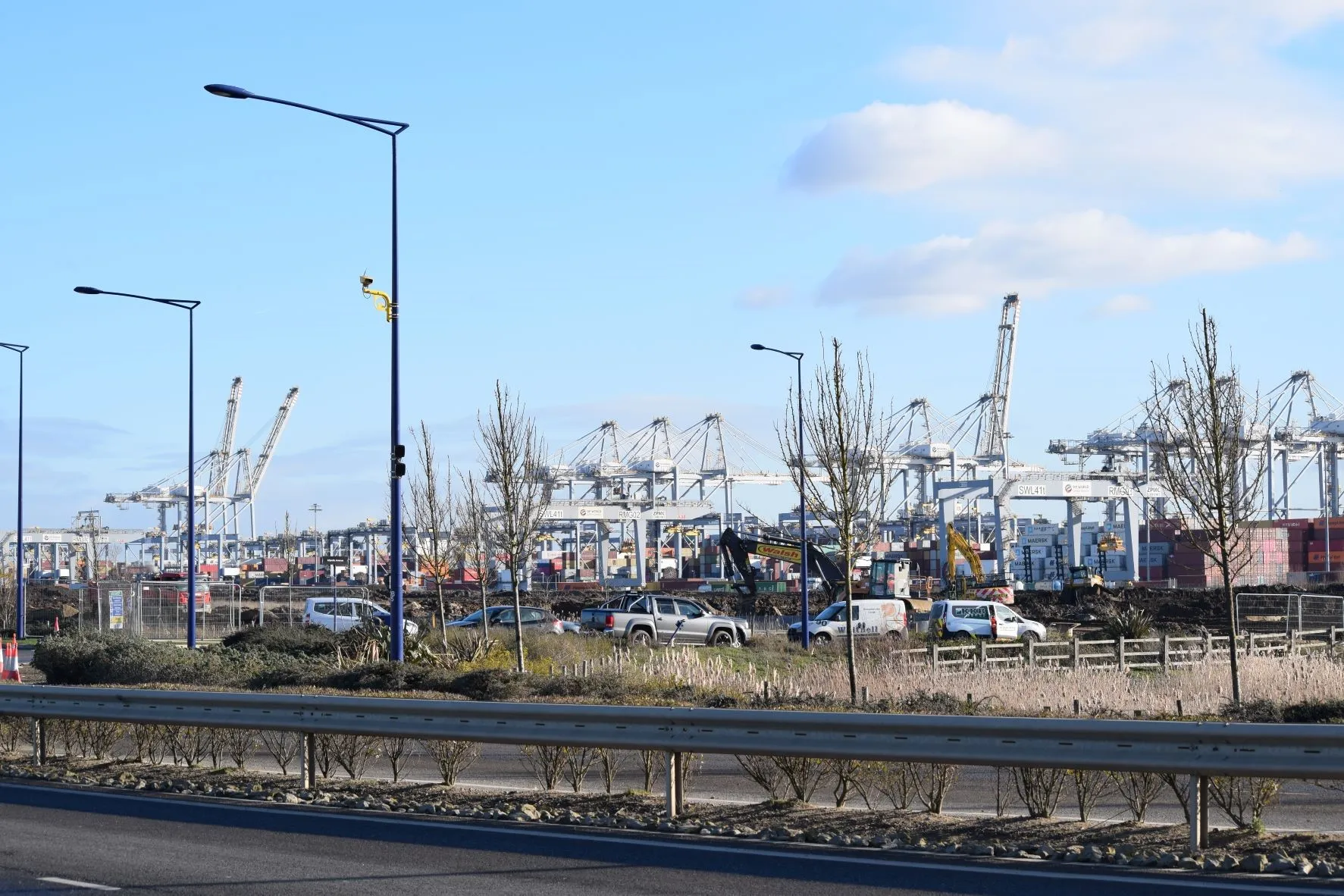The first phase of a major safety camera upgrade project, which replaces older style spot cameras with a new average speed camera system, has gone live in London.
The deployment of Siemens SafeZone has seen 50 automatic number plate recognition (ANPR) cameras installed at 24 sites along the A40 and is part of a contract awarded by TfL to replace existing speed cameras on four selected routes in the capital with new digital average speed enforcement systems.
The roll-out of Siemens SafeZone on the A40
November 2, 2015
Read time: 2 mins
The first phase of a major safety camera upgrade project, which replaces older style spot cameras with a new average speed camera system, has gone live in London.
The deployment of189 Siemens SafeZone has seen 50 automatic number plate recognition (ANPR) cameras installed at 24 sites along the A40 and is part of a contract awarded by TfL to replace existing speed cameras on four selected routes in the capital with new digital average speed enforcement systems.
The roll-out of Siemens SafeZone on the A40 will be followed by further deployments along the A406, due for completion in 2015, and the A316 and A2, due to go live next year. The project represents the largest deployment of Siemens SafeZone average speed enforcement solution in an urban area in the UK. Ongoing service and maintenance will also be provided by Siemens.
Siemens SafeZone solution is Home Office type approved and optimised for urban speed enforcement, 24 hours a day and in all weather conditions. Its ease of deployment also makes it a particularly cost effective solution. According to Siemens, SafeZone is capable of successfully identifying the vehicle registration mark and make, model and colour of vehicles in all light conditions from all lanes on a carriageway and calculating average speed over a measured distance within the speed enforcement zone.
The deployment of
The roll-out of Siemens SafeZone on the A40 will be followed by further deployments along the A406, due for completion in 2015, and the A316 and A2, due to go live next year. The project represents the largest deployment of Siemens SafeZone average speed enforcement solution in an urban area in the UK. Ongoing service and maintenance will also be provided by Siemens.
Siemens SafeZone solution is Home Office type approved and optimised for urban speed enforcement, 24 hours a day and in all weather conditions. Its ease of deployment also makes it a particularly cost effective solution. According to Siemens, SafeZone is capable of successfully identifying the vehicle registration mark and make, model and colour of vehicles in all light conditions from all lanes on a carriageway and calculating average speed over a measured distance within the speed enforcement zone.








